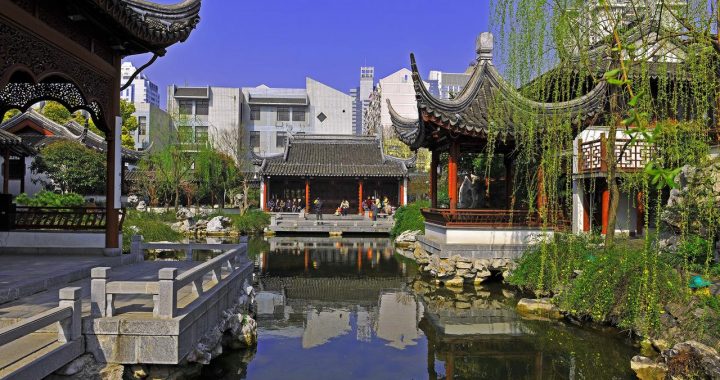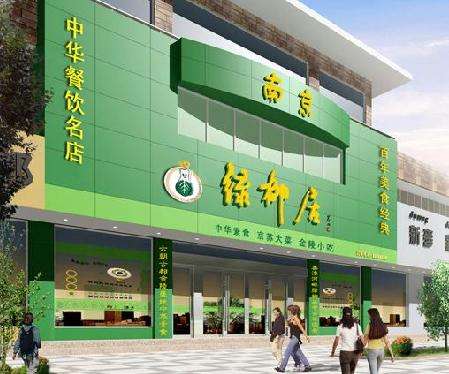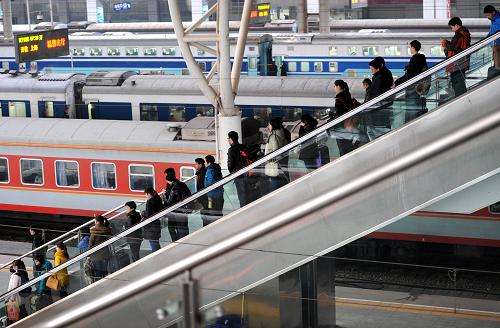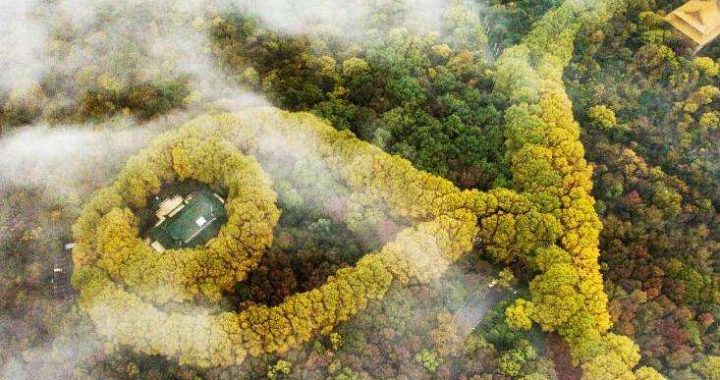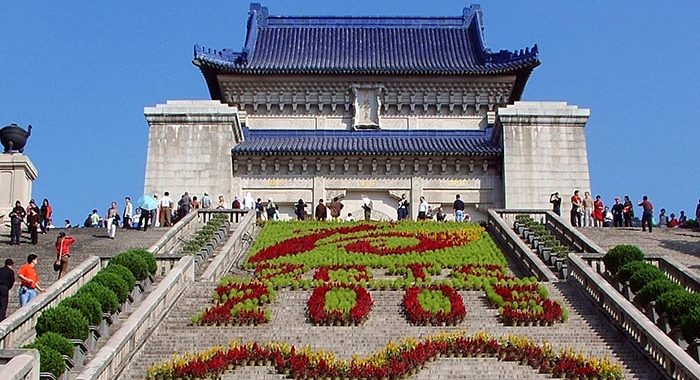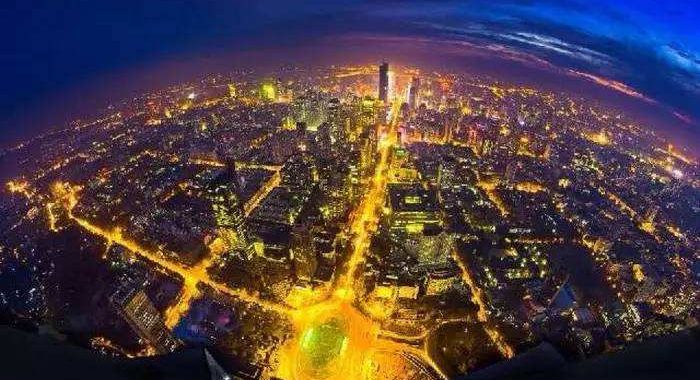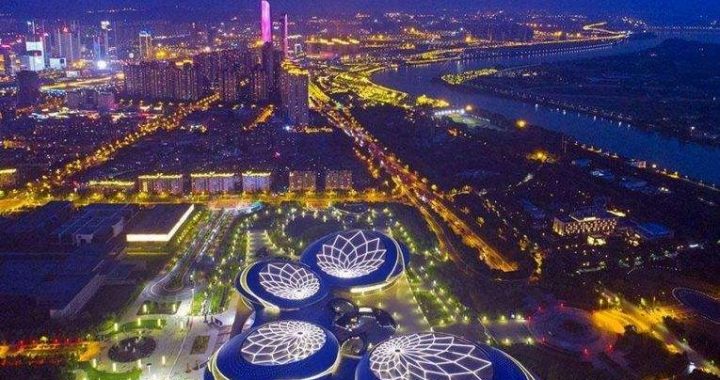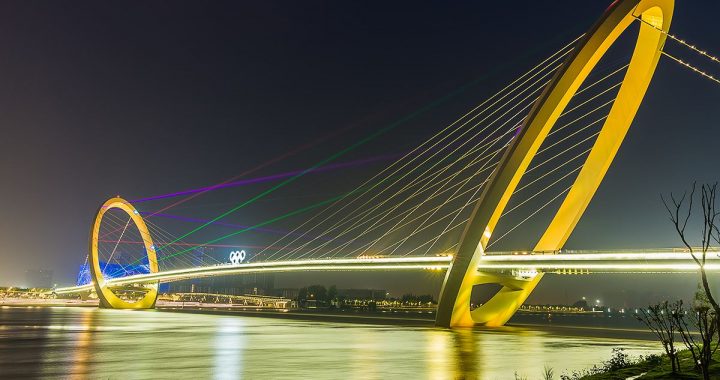The History of Nanjing
7 min readAccording to the legend, Fu Chai, the King of the State of Wu, founded the first city, Yecheng on the Ye Mountain (near Today’s Chaotian Palace,a museum and Kunqutheatre) around the 5th century BC. Then in 472 BC, after Yue defeated Wu, Gou Jian, the King of Yue ordered one of his officials Fan Li to build a city with rammed earth outside today’s Zhonghua Gate. Known as Yuecheng or Fanlicheng, the city served as a military base for attacking Chu. If this is regarded as its origin, Nanjing has been in existence for more than 2,400 years. In 333 BC, Chu defeated Yue and a new city was built where today’s Qingliang Temple is. Legend goes that whenthe King of Chu saw the geographic location of the city was so strategic that he ordered to bury some gold under the Lion Mountain to prevent others from becoming emperor. Thus the city got its first official name in history: Jinling.(“Jin”in Chinese literally means “gold”and “ling”in Chinese is hilly area.)In 221, Sun Quan, the Lord of Eastern Wu,a kingdom which controlled the area along the middle and lower reaches of the Yangtze River, moved his capital to Moling(today’s Nanjing) and renamed it Jianye which implied his intention to “build a dynasty and become the emperor”. Following the move of the capital,a stone city was constructed on the site of Jinling built by Chu. In 229, Sun declared himself the emperor and made Wuchang his capital. However, on the request of influential and privileged families living in both the south, he had to give up Wuchang which had been the capital for eight years and moved to Jianye. This historical fact shows that by then Nanjing had already been recognized as the center of the south. For the first time in history, Nanjing became the capital of a feudal dynasty.
Site of the stone city
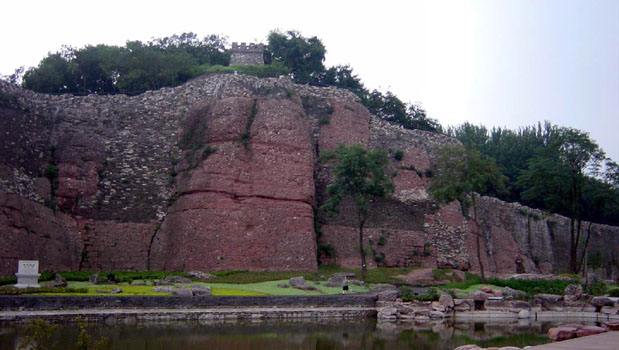
In 280, the Western Jin dynasty with Luoyang as its capital started a war against Wu Kingdom in the hope of unifying the whole China. Though soldiers of Wu put iron chains in the Yangtze river, they were still unable to prevent the invasion. As a result, Sun Hao, the son of Sun Quan, was forced to surrender in the stone city, marking the demise of Wu.
In 316, Western Jin was toppled by uprisings staged by people of various ethnic groups in the north. After that, the north China was reduced into a battlefield and influential and privileged families all fled to the south. There they supported Sima Rui, governor of Jiankang (today’s Nanjing) and a member of the royal family of Western Jin, to be the emperor. Thus, the Eastern Jin dynasty was founded.
Since warfare drove a lot of Han people to the south in the late years of Western Jin, when Eastern Jin was founded, there were thousands of northerners living inside and outside Jiankang. They even outnumbered the local residents. As a result, language and customs in Jiankang changed dramatically. No longer a pure southern city, Jiankang gradually developed into a national metropolis where northern and southern customs were woven together. As population increased, commercial areas and residential areas in the city gradually expanded toward theQinhuai River. At that time, the most famous residential area was Wuyi alley where lived two rich and noble families-the family of the Prime Minister Wang Dao and the family of Xie An,a duke. It was said the place was named so because Wuyi Battalion of the Wu Kingdom used to be stationed here.
In 420, Sima Wen, the last Emperor of Eastern Jin, was forced to give the throne to Liu Yu, one of his officials. After that, four dynasties-Song, Qi, Liang, Chen-came into the historical stage successively, all taking Jiankang as capital. This period in history is referred to as “Southern Dynasties”. During the alternation of the four dynasties, the tragedies of two emperors -Emperor Wu of the Liang dynasty and the last emperor of Chen-are worth mentioning.
The real name of Emperor Wu was Xiao Yan. He died at the age of 86 and enjoyed the longest life span among all the feudal emperors in China. The first and the las emperor of the Liang dynasty, he was in power for 48 years, only second to Emperor Kangxi and Emperor Qianlong of the Qing dynasty. In 548, one of his generals HouJing who was once a general of Eastern Wei called out the troops to revolt and occupied the imperial palace Taicheng in the following year. According to the investigations of historic researchers, Taicheng was somewhere near today’s Chiang Kaishek’s Presidential Palace instead of Jiefang Gate as most people believe. After he occupied Taicheng, Hou Jing put Emperor Wu under house arrest in the Jingju Palace where the emperor was starved to death.
The last emperor of Chen was an emperor indulged in amorous affairs. He ordered to build numerous entertainment places to enjoy himself together with his concubines and officials. During the Spring Festival in 589, the Sui dynasty sent off troops toattack Chen. When Chen’s military officers stationed along the Yangtze River issued a state of emergency and asked for support from the emperor, the emperor turned a deaf ear. Finally the Sui forces seized Taicheng. To save their life, the emperor hid himself and his two favorite concubines in a well in the back garden, but theywere eventually found by the soldiers of the Sui dynasty. Today, the stone fence of the well which is called Jingyang Well is still of the rouge color. It is said this is because the fence was dyed rouge when the two concubines were hidden in the well.
So the well gets its second name Rouge Well. It is also called Humiliation Well because the emperor was captured here.
In Southern Dynasties, Jiankang became more prosperous and the population exceeded 500,000 at the prime time of the city.
Southern Tang (937-975) in the Five Dynasties and Ten States Period was another short-lived dynasty who took Nanjing as its capital.
The first emperor of Southern Tang was Li Bian. After he was poisoned by the so called”life-prolonging drug”, his son Li Jing succeeded the throne. Though a winner in the war against Min and Chu (another two small dynasties in this period), Li Jing lost a vast area of land between the Huaihe River and the Yangtze River in the fight against Northern Zhou and thus had to acknowledge his subjugation to Northern Zhou.
After Li Jing died, his son Li Yu took over his position. Li Yu was more a poet than an emperor. Without the ambition to rule and conquer, he indulged himself in painting and writing and was finally made a captive after the Song dynasty invaded into Southern Tang in 947. During the two years when he was detained in Bianjing(today’s Kaifeng in Henan province), Li Yu wrote a lot of excellent poems and poetic prose which however aroused the suspicion of Emperor Taizong of the Song dynasty that he would intend to recover the Southern Tang. Soon after, Li Yu was poisoned b Emperor Taizong and buried in Bianjing. So even after death he was unable to return to his home land. His tomb was reduced to dust long before as time went by; yet hisfather’s and his grandfather’s still lie on today’s Zutang Mountain in the suburb south of Nanjing. Well preserved, today, the tombs known as “Southern Tang Mausoleums”are open to visitors.
Though the capital of the Song dynasty was Bianjing, Nanjing which was called Jiangning Fu then remained the political center of southeast China. During the reign of Emperor Shenzong,a well-known statesman Wang Anshi was sent by the emperor to govern Jiangning Fu three times.
After Zhu Yuanzhang, the first emperor of the Ming dynasty unified China, he appointed Yingtian as the capital and renamed the city Nanjing. Thus, for the first time in history, the city became the capital of the whole country and Nanjing its name.
Nanjing remained Ming’s capital in the early years until 1421 when Emperor Chengzu moved the capital to Beijing.
City-wall bricks of Yingtian capital in the early Ming dynasty Built by the first Ming emperor and in 28 years, Nanjing was 30.67 kilometers long in perimeter and 14 to 2l meters in height. The city was so large that it included the stone city and Jiankang city built in Six Dynasties and Jinling built by Southern Tang. But that was not all. The city further expanded eastward and northward until it reached the rivers and foot of mountains. Nanjing used to have 13 gates, but now only four of them are still seen. Jubao Gate which is named Zhonghua Gate now is the best preserved. An interesting story tells why the gate was named Jubao. When the south gate was constructed, the gate habitually collapsed before it was finished. This seriously hindered the progress of the whole project. Seeing Emperor Zhu Yuanzhang was so disturbed, Liu Bowen, one of the emperor’s officials, came up with an idea. He suggested the emperor taking away a treasure bowl from the richest person in South China and burying it under the base of the city wall.
Surprisingly, the gate was successfully erected after the idea was adopted. Thus thgate was named Jubao Gate.(Jubao in Chinese literally means treasure-collecting.)In Nanjing, silk textile industry burgeoned in the Six Dynasties and further developed in the Song and Yuan dynasties. In the Ming dynasty, different types of silk products such as satin, gauze and plain silk were sold abroad. There were official manufacturing plants as well as private ones, all located around Jubao Gate.
